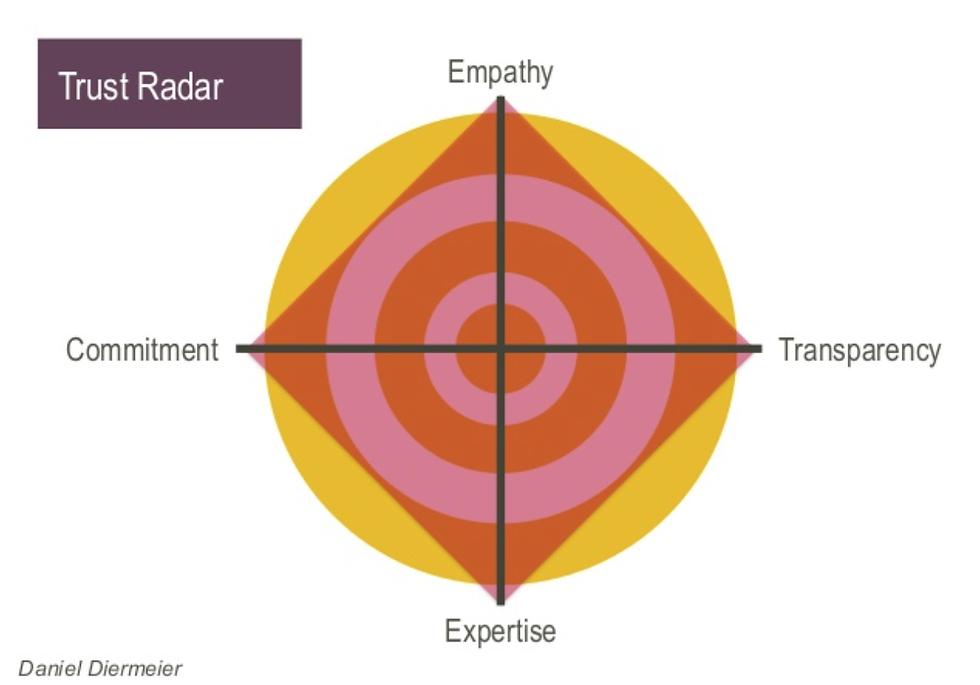The power of stories to build your reputation and your BRAND
When I first saw the announcement that Sara Blakely was coming to Stanford’s View From the Top I was very excited. She was the only female entrepreneur on the line up, and a very famous one. She is known as America's youngest self-made female billionaire. When speaking to peers about her, the same line came up several times; “She started a business with only $5K in the bank and today is a billionaire”. I went online to learn more, and on the several interviews I read and heard I was amazed by the consistency of her story telling.
The conversation during Stanford’s View from The Top and the follow up lunch were no exception. She used her story to answer many of the questions. And during lunch the same themes emerged. Here are some examples of different interviews where all or part of the story come up. Forbes in 2013, CNN in 2016 & Stanford in 2018, all consistent. Pay attention to how she uses the story to answer very different questions.
The story about how Sara built Spanx is always part of her communication. It is a very personal and relatable story. And there are key elements that make it memorable:
An initial familiar problem: Was frustrated selling fax machines door to door before Spanx.
A limitation: Only had $5K in the bank. Never studied business before.
An authentic way to solve the problem: Came up with the idea because she wanted to wear a pair of cream $90 pants. She cut the feet off her pantyhose and wore them under the pants, that is where the initial idea came from.
A moment of triumph: When she got an appointment at Neiman Marcus to pitch Spanx, she dragged the buyer to the bathroom to show her the product before and after. And that is how she got her first order!
Using stories in such a consistent manner, I believe has helped Sara build a reputation, a brand and an empire. Analyzing it using the Deirmeier’s Trust Radar I consider it is very strong on all 4 dimensions:

Empathy: The familiar problem and the limitation both build strong empathy. That is why everybody loves a good underdog story.
Transparency: She displays vulnerability and weaknesses (never studied business before, failed the LSAT) bringing a lot of credibility and transparency to the story.
Commitment: She started the business 20 years ago and she is still running it and celebrating its origin. Also, the story shows immense resilience. Both build a sign of passion and commitment.
Expertise: Even though one could argue this is the part where the story is not strong since she states lack of technical expertise. She masters knowing her customer and understanding her customer’s problem.
HOME RUN! Sara Blakely has managed to build her reputation, and that of her company, crafting a portfolio of signature stories. Together with consistency, those stories have built to an impactful radar that hits on all 4 dimensions. The risk is that Sara is the brand and Spanx is Sara, and anything that can damage Sara’s reputation as an individual will have an impact on the business. As a public person, and with social media she needs to be extra careful and consistent with the values of her stories to continue the success track.
My learning: Work on my signature stories. Or those of the brand I am working on. And consistently deliver the message!
Sara Blakely @ Stanford's View From the Top




